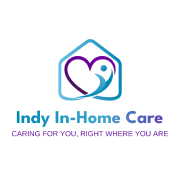
Safety checklist planning is essential as people’s requirements evolve with age—and so should their living surroundings. Older adults are more prone to mishaps, especially at home, where minor hazards can quickly become major concerns. Whether your loved one lives in one of the various care facilities or nursing homes or is aging in place, maintaining a safe, comfortable environment is vital.
The secret is a comprehensive, orderly home safety checklist. Regular home safety inspections and audit checklists help families and caregivers identify concerns early on, make the necessary adjustments, and guarantee everyone’s peace of mind. Using a detailed checklist ensures nothing is overlooked and every living space supports comfort and mobility.
In this blog post, we’ll explore the value of elderly home safety, break down the key items in a complete safety checklist, and offer insights into using tools like room-by-room inspections, home safety assessments, and more. Whether you’re a family caregiver or a professional in nursing homes care, this comprehensive guide will help you ensure safer elderly living—one checklist at a time.
Why Elderly Home Safety Is So Important
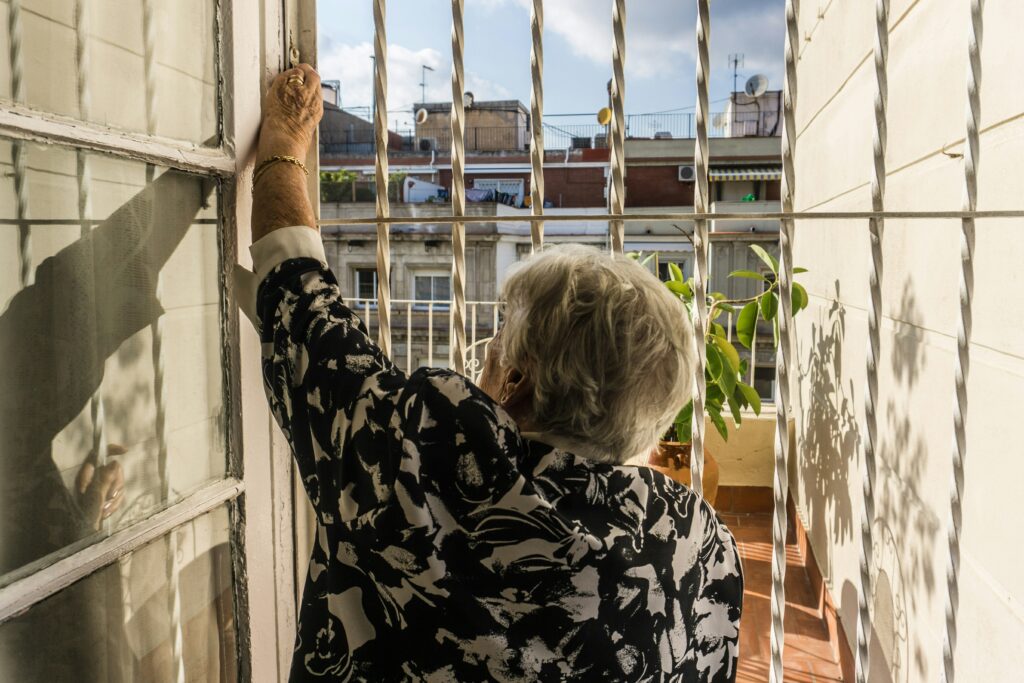
Elderly individuals are statistically more likely to suffer from falls and injuries in the home compared to younger adults. According to the CDC, falls are the leading cause of both fatal and non-fatal injuries among seniors in the United States. Many of these accidents can be prevented with the proper home safety checklist.
Aging can bring mobility limitations, reduced eyesight, and delayed reflexes, making it harder to navigate even a familiar space. That’s why a detailed elderly home safety audit is necessary for preventing incidents before they happen.
Whether you’re helping a parent stay independent or managing long-term care in a professional setting like nursing home care, proactive safety measures save lives.
Home Safety Inspections: The First Step to Safe Elderly Living
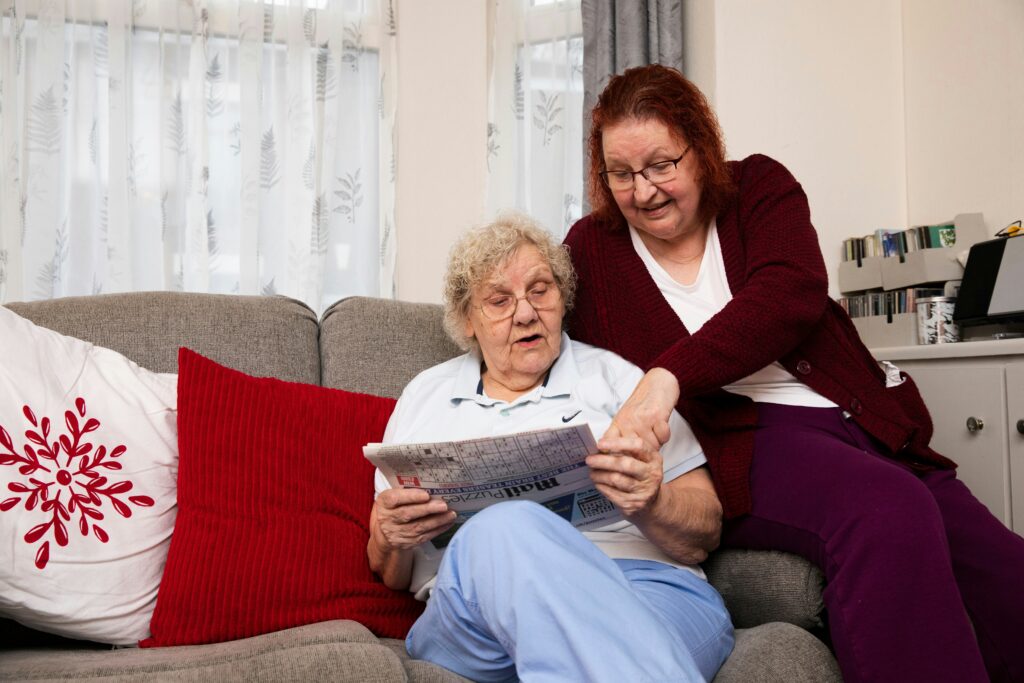
A home safety inspection is the cornerstone of safe elderly living. These evaluations involve walking through the home with a critical eye, identifying anything that could pose a risk.
Using a standardized home safety assessment, you can evaluate key areas such as:
- Bathroom accessibility
- Floor surface stability
- Furniture safety
- Lighting adequacy
- Emergency preparedness
Performing a complete home safety inspection once or twice a year—and whenever significant changes occur—is one of the most effective ways to reduce risk for elderly individuals.
Building Your Home Safety Checklist: Room-by-Room
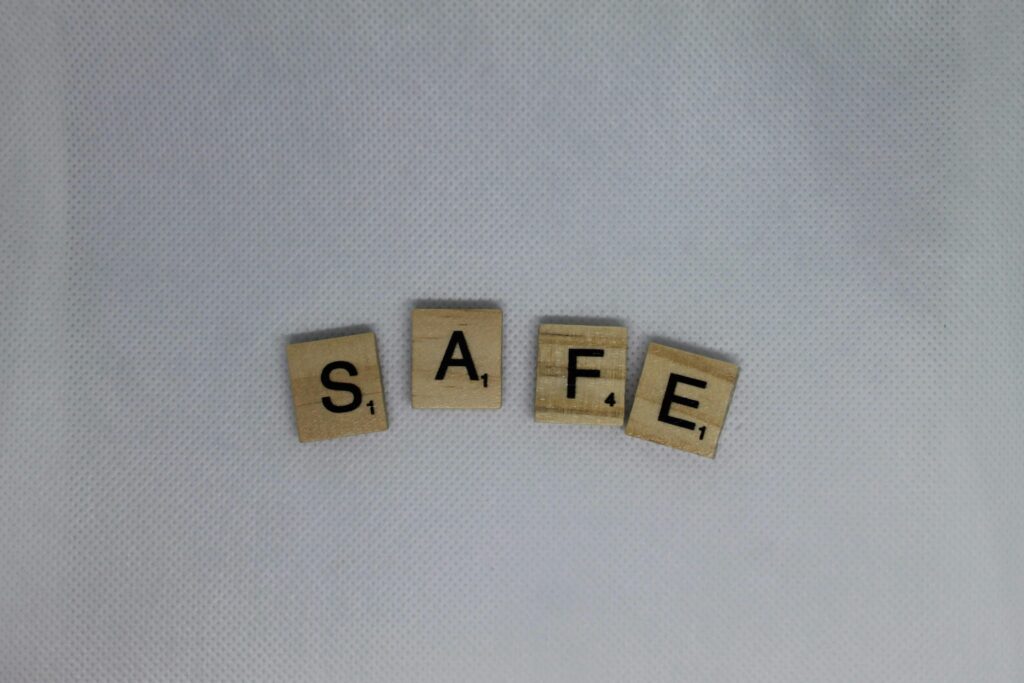
A home safety checklist is your roadmap to creating a secure living environment. Let’s break it down by area of the home:
- Entryways and Hallways
- Ensure entry steps have handrails on both sides
- Use non-slip mats at doorways
- Check lighting and install motion-activated lights if necessary
- Clear clutter and cords from walking paths
- Secure rugs with non-slip backing
- Living Room
- Arrange furniture to allow for wide walking paths
- Replace unstable furniture or wobbly chairs
- Remove small rugs or secure them properly
- Ensure that remote controls and phones are easy to reach
- Add padding to sharp furniture edges
- Kitchen
- Keep frequently used items at waist level to avoid bending or climbing
- Use non-slip floor treatments
- Check that appliances are in good working condition and are easy to use
- Label pantry and medicine containers clearly
- Ensure good lighting above counters and stoves
- Bathroom
- Install grab bars near the toilet and inside the shower or tub
- Use non-slip mats both inside and outside the shower
- Consider a raised toilet seat for easier use
- Add a waterproof chair in the shower
- Use a safety checklist cover for emergency contacts on the bathroom wall
- Bedroom
- Place a phone or emergency alert button by the bed
- Keep a flashlight within reach
- Use night lights to illuminate paths to the bathroom
- Choose a bed height that is easy to get in and out of
- Remove area rugs or secure them with non-slip mats
- Stairs
- Ensure stairs have railings on both sides
- Apply non-slip strips or carpeting
- Keep stairways free from clutter
- Make sure the area is well-lit, with light switches at both the top and bottom
Each of these areas should be covered during your home safety assessment. An audit checklist will help ensure you don’t overlook any critical details.
Special Considerations for Long-Term Elderly Living
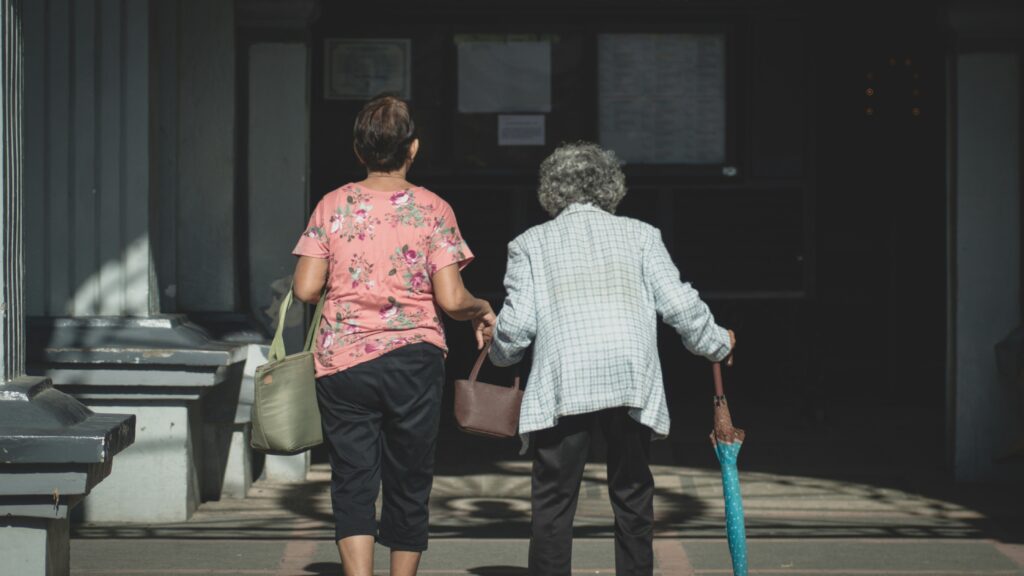
Although everyone aging in place should have a home safety checklist, nursing homes and care facilities depend greatly on it. These settings must also be ideal for comfort, access, and safety.
Using thorough audit checklists, including home safety checks, facilities should routinely do the following:
- Wheelchair entry into every room
- For people with memory problems, marked signs and visual clues.
- Safe locks on doors allow simple emergency access.
- Reliable alert systems or intercoms
- Using non-slip mats and clean, dry flooring.
Maintaining the same safety in nursing homes as in private houses shows regard for our older population.
Free Tools and Resources for Elderly Home Safety
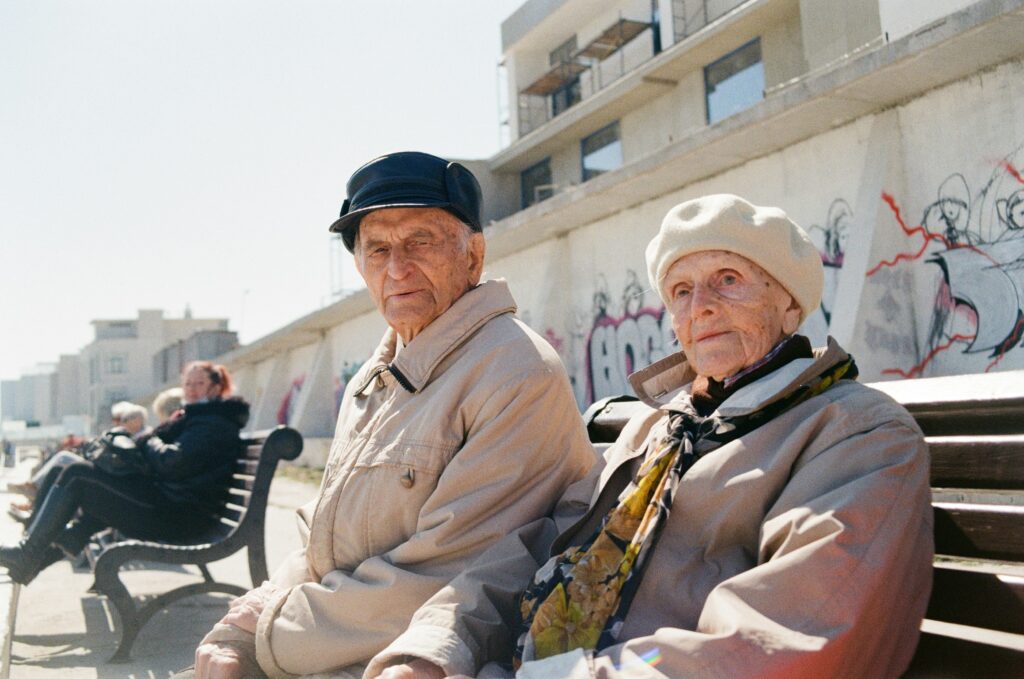
Caring for a senior doesn’t have to be overwhelming. Many free resources are available to guide you through the process:
- Downloadable home safety checklists
- Printable safety checklist covers to hang on the fridge or wall
- Smartphone apps to conduct and store home safety assessments
- Instructional videos on installing non-slip mats or grab bars
- Professional services offering free home safety inspections
These tools make it easier to keep up with regular home safety inspections and updates.
When to Use a Home Safety Audit Checklist
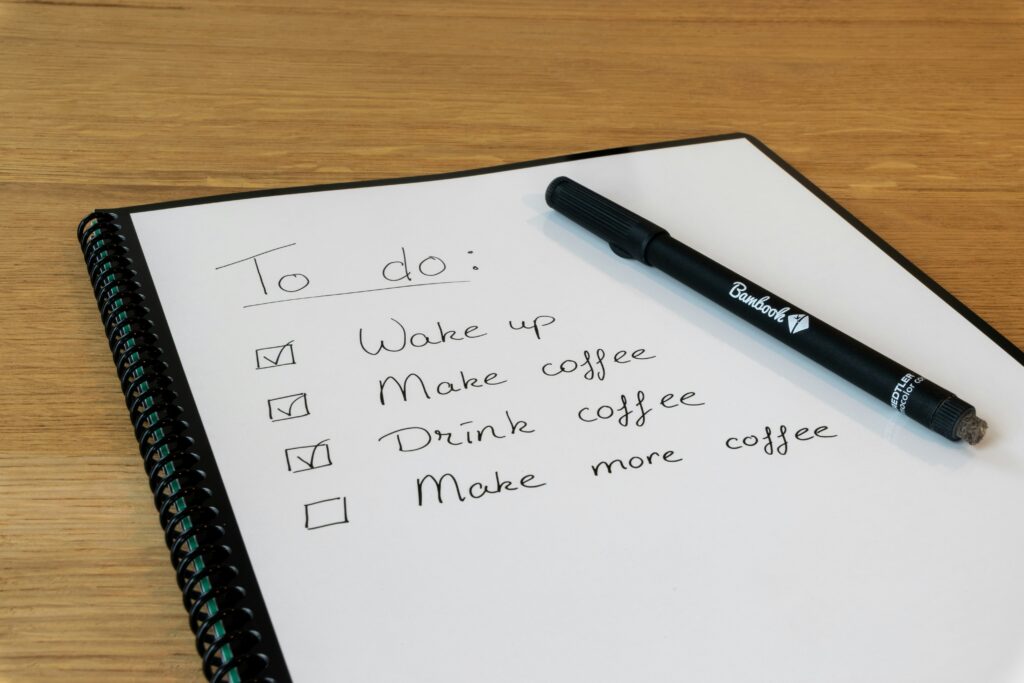
A home safety audit checklist should be used during:
- Annual home maintenance reviews
- After a medical diagnosis that affects mobility or cognition
- Before returning home from the hospital
- Following home modifications or moves
- In any elderly home, before new residents arrive
An audit checklist helps ensure consistent safety standards across time and space. The same principles apply when you’re checking one home or several care homes.
How Indy In-Home Care Helps Ensure Elderly Home Safety
At Indy In-Home Care, safety and dignity go hand in hand. That’s why we go beyond basic caregiving. Our team offers comprehensive home safety assessments, personalized elderly care plans, and regular home safety inspections tailored to each client’s unique needs.
We provide:
- Personalized care strategies based on medical history and mobility
- Implementation of home safety checklist protocols
- Coordination with physical therapists and medical providers
- Installation support for safety features like non-slip mats and grab bars
- Ongoing monitoring and follow-ups
With Indy In-Home Care, your loved one isn’t just receiving care—they’re receiving the safest, most compassionate support.
Final Safety Tips for Families and Caregivers

Whether your loved one is living at home, in an apartment, or a nursing home, their safety should always be a top priority. Here are some final tips to maintain a secure environment:
- Involve elderly individuals in home safety inspections to empower them
- Use free and affordable tools to make improvements
- Schedule regular home safety assessments as a preventive measure
- Review and update your home safety checklist every few months
- Train all caregivers to recognize and address hazards immediately
Conclusion: Prioritize Elderly Home Safety Today
Ensuring elderly home safety isn’t a one-time task—it’s an ongoing commitment. From installing simple non-slip mats to using a comprehensive audit checklist, each action helps support a safer, more comfortable living space.
Whether you’re a family member managing a private residence or a professional overseeing a nursing home care facility, the principles remain the same: safety, dignity, and independence.
If you need expert guidance on how to get started, contact Indy In-Home Care. We offer professional home safety inspections, customized care, and all the necessary tools to make any space a haven for your aging loved one.
